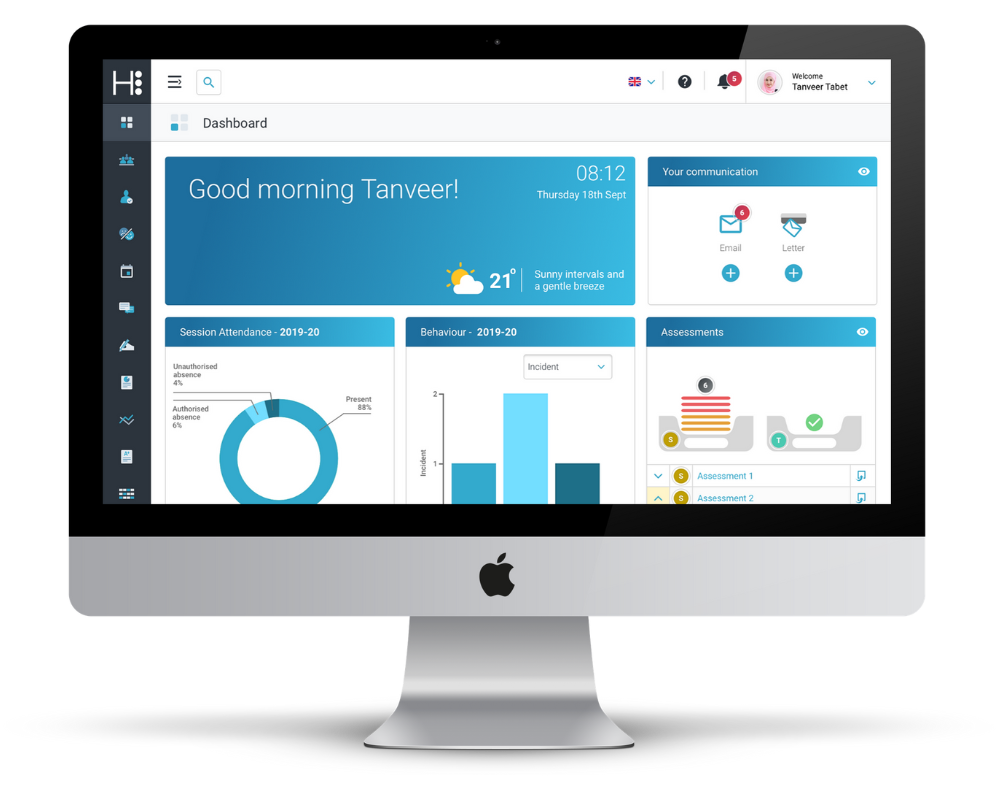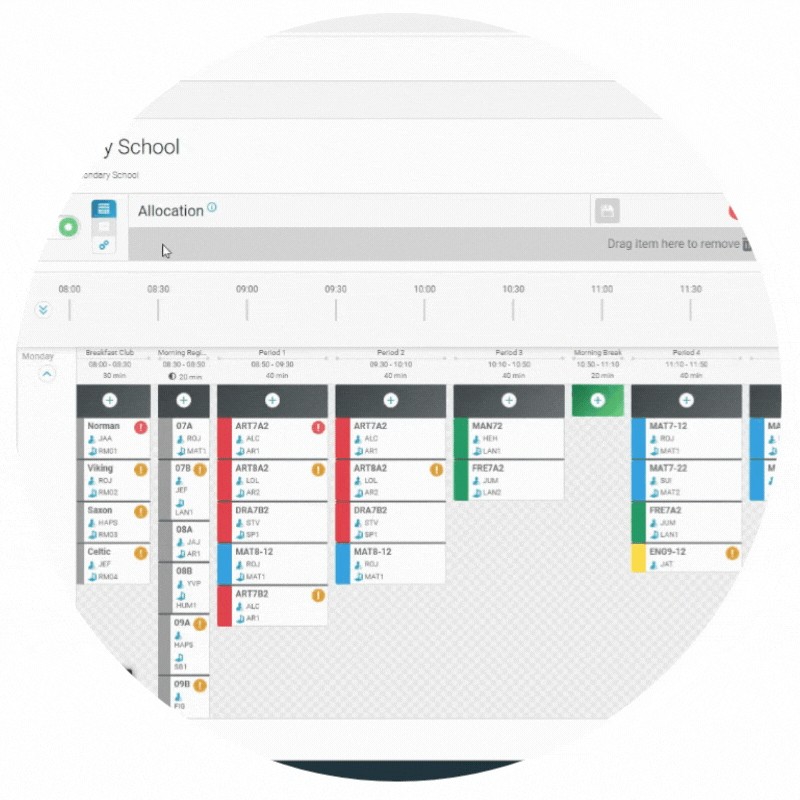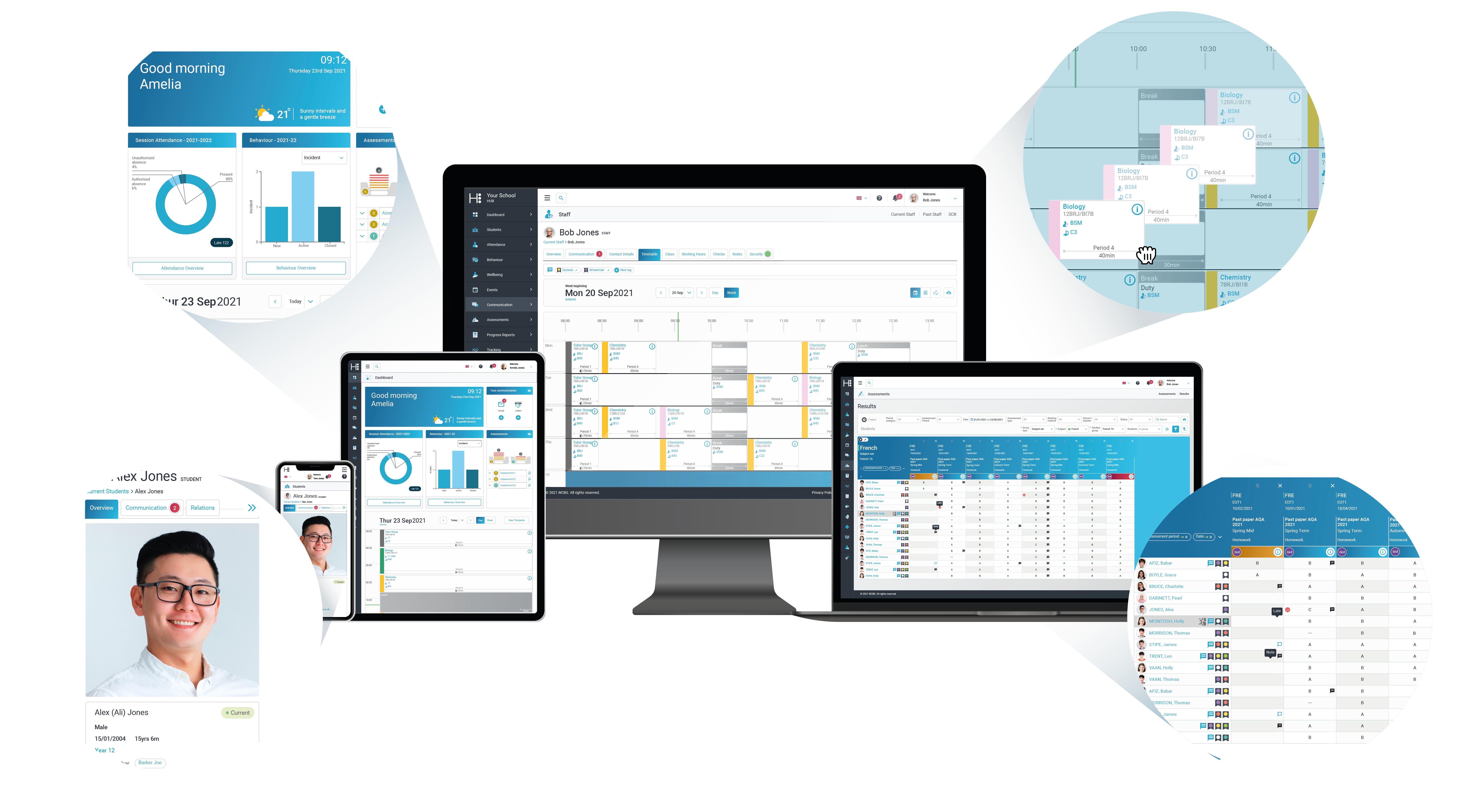In today’s educational environment, efficient management of pupil data is crucial for ensuring operational smoothness and student success. Traditionally, spreadsheets have been the default choice for organising data, but they come with limitations that can impede productivity and compromise data integrity.
Let’s explore why transitioning to a comprehensive Student Information System (SIS) surpasses using spreadsheets for pupil data management:
1. Data Centralisation
A Student Information System consolidates all pupil data- academic records, attendance, grades and disciplinary actions, etc- in one secure location. This centralisation eliminates the hassle of managing multiple spreadsheets scattered across various folders, ensuring easy access for authorised users.
2. Enhanced Data Security
Unlike spreadsheets, which are susceptible to breaches and accidental deletions, SIS platforms offer robust security features such as encryption, role-based access control, and regular data backups. This ensures the protection of sensitive information and compliance with data protection regulations.

3. Improved Efficiency and Automation
Manual data entry and updates in spreadsheets are labour-intensive and prone to errors. A SIS automates administrative tasks, allowing for faster data input, real-time updates, and automated notifications. This frees up educators’ and administrators’ time for student-focused initiatives.
4. Comprehensive Reporting and Analysis
SIS platforms provide advanced reporting capabilities, enabling educators to generate custom reports on student performance, attendance trends, and assessment results. These insights support data-driven decision-making and early intervention strategies.

5. Parent and Student Engagement
With a SIS, parents and students can access personalized portals to track academic progress, communicate with teachers, view schedules, and access resources. This transparency fosters greater parental involvement and empowers students in their learning journey.
6. Scalability and Integration
SIS platforms are scalable and adaptable to changing educational needs. Unlike static spreadsheets, they can accommodate increasing data volumes and users. Moreover, modern SIS platforms integrate seamlessly with other educational software systems like Learning Management Systems (LMS) and assessment tools, enhancing interoperability and efficiency.


In summary, transitioning from spreadsheets to a Student Information System offers numerous benefits in terms of data management, security, efficiency, and stakeholder engagement. By investing in a robust SIS solution, educational institutions can streamline operations, improve decision-making, and ultimately enhance the learning experience for students. Embracing technology like HUBmis is essential in meeting the evolving demands of modern education.



